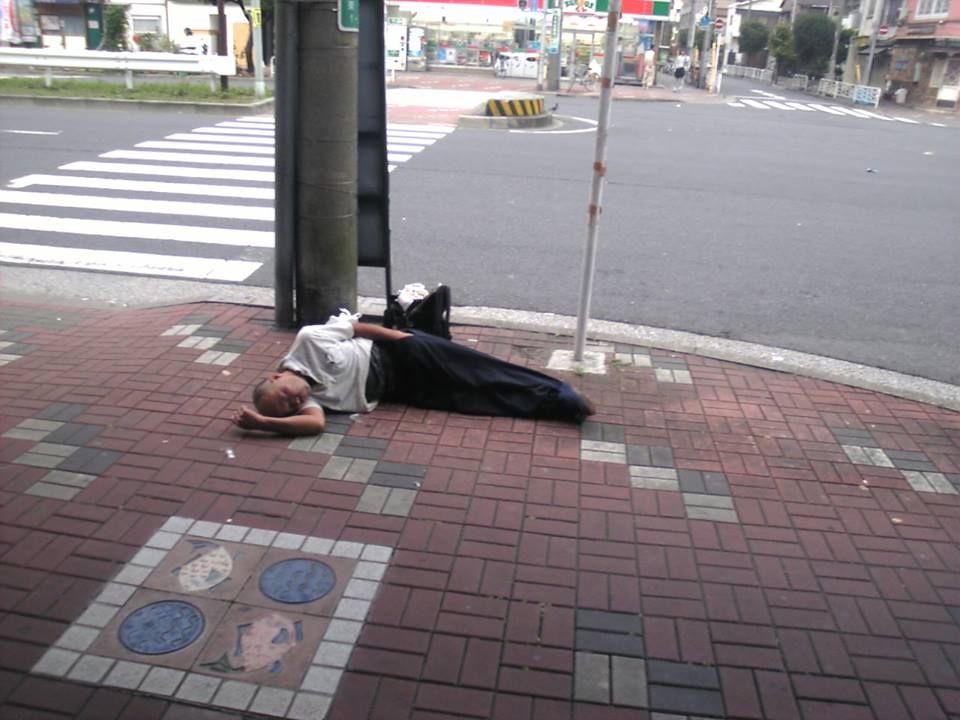Soju, Sake and Shochu: Differences Between the Three Popular Spirits

Soju, Sake, and Shochu are all Asian spirits that have been growing in popularity in recent years. As a matter of fact, Soju was the world’s best-selling spirit in 2017, with its sales growing significantly. However, these spirits remain quite ignored in the United States, which includes big cities like in New York City, where there are quite a few Izakaya type Japanese restaurants and sake stores. These stores and restaurants are known to serve a wide variety of sake, including flavored sake, juyondai sake, and more. Also, there are many Korean places that offer soju, another popular Asian drink that is often ignored.
One of the main reasons why these drinks remain ignored or not known in the non-Asian parts of the world is probably because people don’t know the differences between them. So, here is what you need to know to differentiate these three spirits:
Soju
Originated from Korea, Soju is basically a clear, distilled spirit traditionally made from rice or other grains. More modern productions of soju replace rice with starches such as sweet potatoes, potatoes, and tapioca. Hence, soju you find today vary in terms of taste and aroma.
A lot similar to shochu, Korean soju is consumed in two ways: straightaway along with food, just like wine, and mixed in cocktails. While the traditional version of the drink had an Alcohol by Volume (ABV) percentage of 45%, the various mixes available today range in ABV between 17 and 53%. Soju with lesser ABV is the most preferred among the most famous Japanese restaurants of New York in the USA.
Sake
Before you say it, no, sake is not rice wine, and neither a distilled spirit like soju and shochu. Sake is made from polished rice, brewing it and fermenting with yeast, similar to beer. Depending on the level of polishing, sake is designated different grades, such as Daiginjo sake, Ginjo sake, Honjozo sake, Tokubetsu sake, and Futsu sake.
There is something called the Sake Meter Value (SMV) that helps measure the sweetness or dryness of the sake, and this scale ranges between -15 and +15; higher the number, more the dryness. These numbers will often be present on sake menus and also on the bottle labels.
Shochu
Shochu is another distilled beverage with its origination in Japan. Similar to Soju, this drink also has a reduced ABV, usually around 25 to 30 percent, and widely made from rice, barley, or sweet potato.
In general, Japanese shochu is categorized as: single distilled (乙類 otsu-rui) and multiple distilled (甲類 kou-rui). The former category of shochu alcohol belongs to the premium category, honkaku shochu, because it comprises of only the grain and water and no sugar content. On the other hand, the latter works best with sugary mixers such as juice and tea due to its less characteristic nature.


No Comments